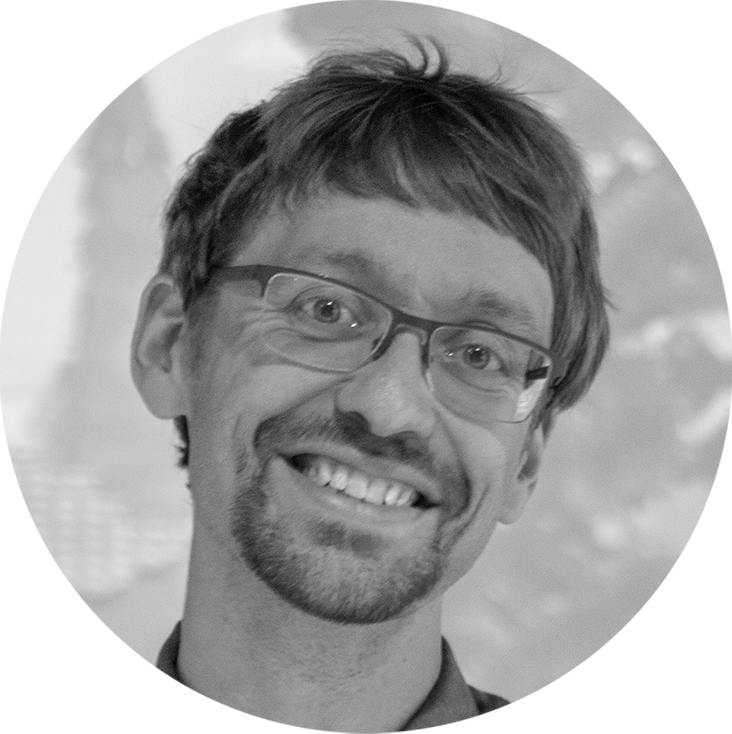

The first wave of events consists of two online summits, an in-person roundtable, and art exhibition at Indiana University featuring artwork facilitated by or in reaction to artificial intelligence.
Click on our speakers below to view teaser trailers of their ideas!

Artist, engineer, and musician who makes installations, performances, and sculptures for encountering the world through our ears.

Media scholar specializing in game studies and design. Co-founder of the Game Changer Chicago Design Lab and the Transmedia Story Lab.

An artist, educator, and organizer who problematizes old and new media structures, interfaces, and conventions.

Scholar and artist engaging with new media, art, and the effects of emerging technology.

Director of the MGXD Program at NC State whose research focuses on interface design, machine learning, and inclusive design.

Studio artist investigating mark-made-by-machine and mark-made-by-hand in order to understanding the encounter of computers and humans.

Scholar specializing in the philosophy of AI, philosophy of photography, social and political philosophy, and philosophy of culture.

Emerging technologies, documentary practices, and social collaboration toward equitable social and technological ecosystems.
1. Lewis Hyde, in writing about primitive cultures, explains the exchange of gifts. These gifts cannot be kept and must be passed on. The passing on of gifts is an anthropological device that creates connection (and prevents people from killing one another) because the receiver and gift-giver all become part of a singular experience. His leap of imagination occurs when he goes one step further in saying, "this is what artists do in culture — artists provide that gift to the culture, so that people have something in common."
Join us for an exhibition featuring artwork facilitated by or in reaction to artificial intelligence. Offering a unique opportunity to explore and engage with responses to AI, the show features digital art, paintings, sculptures, and interactive works. The artists explore how to invent a future with, through, or even against, artificial intelligence.
Open to the public.






.gif)